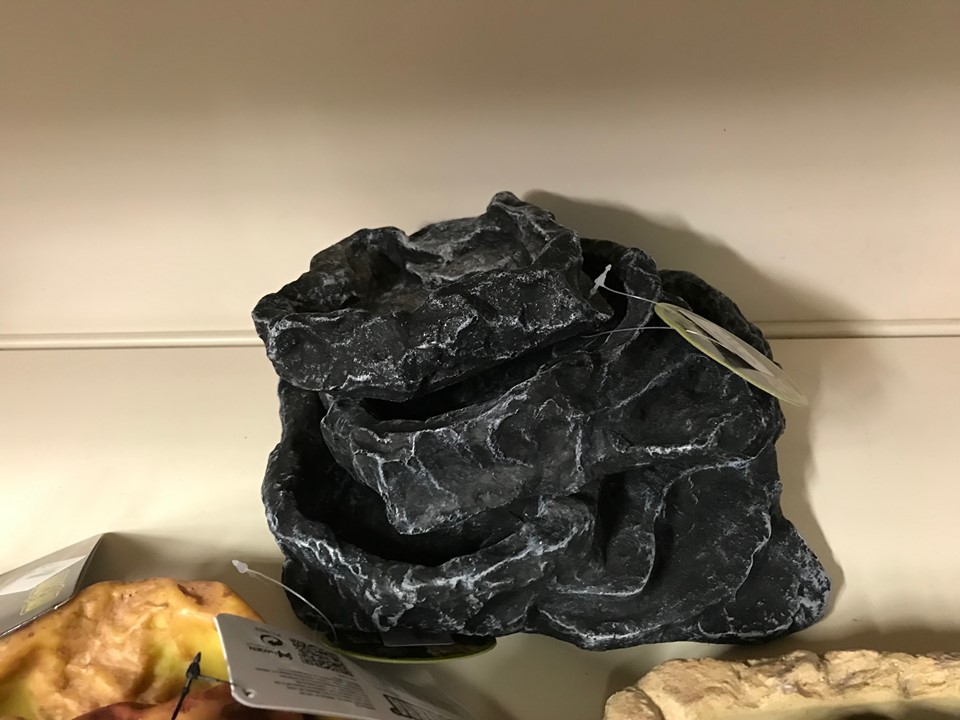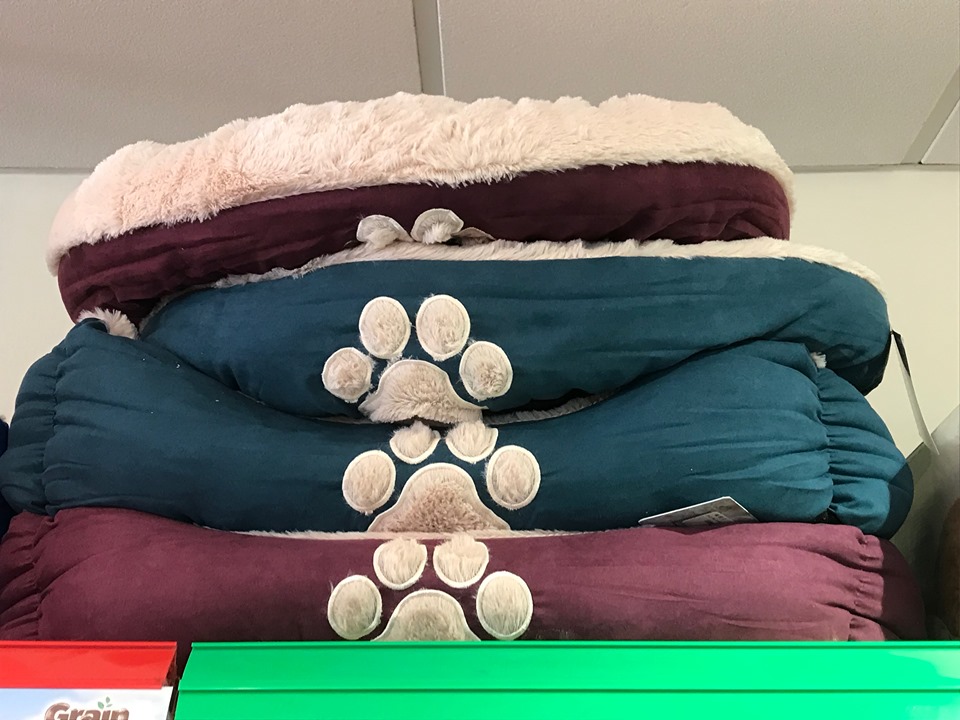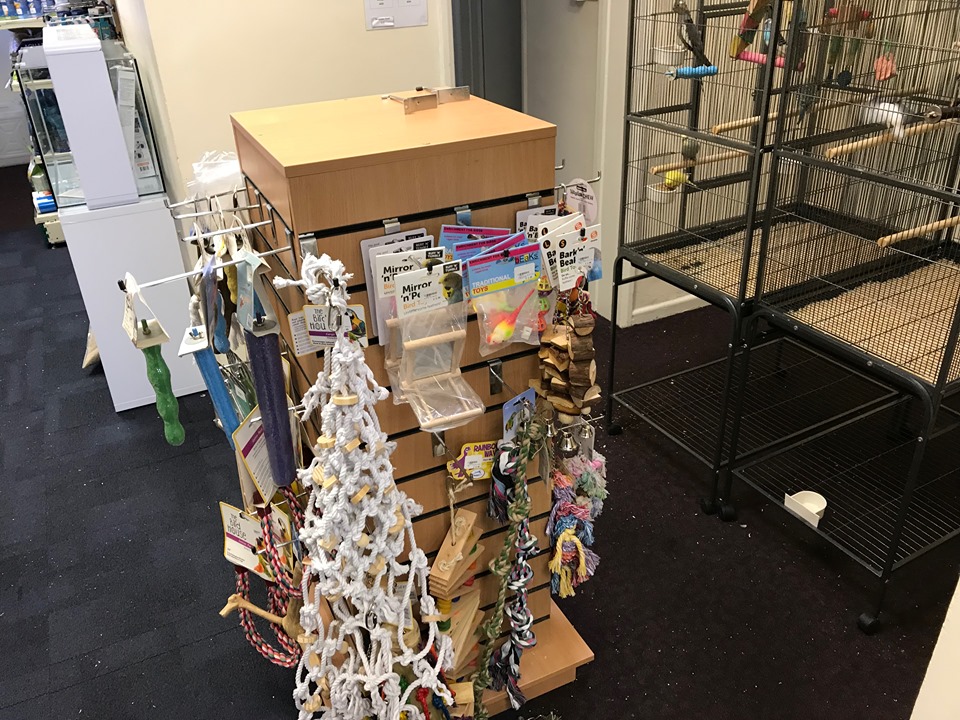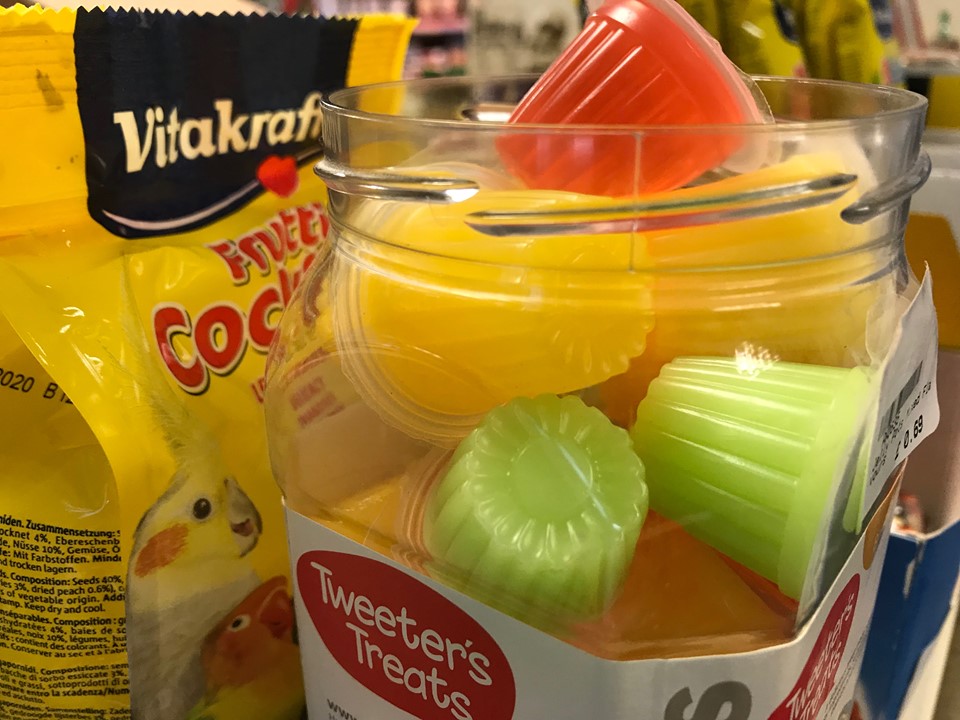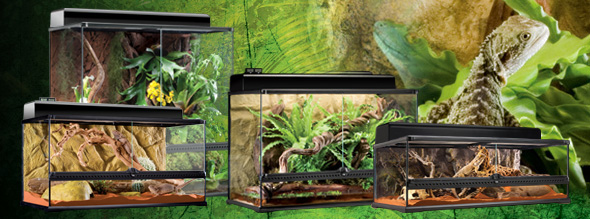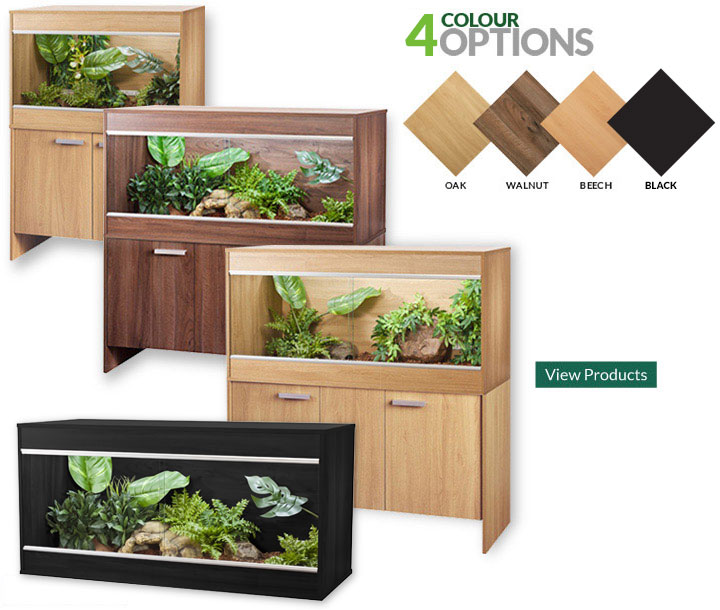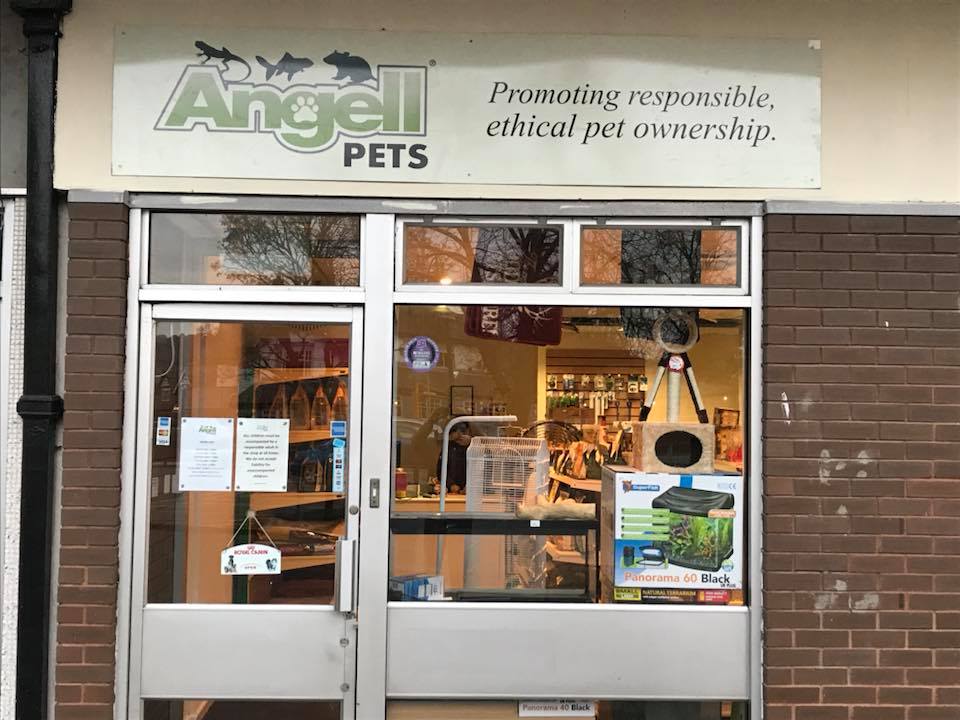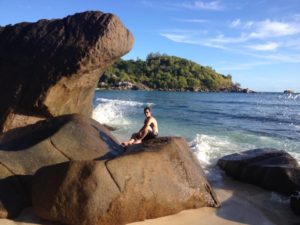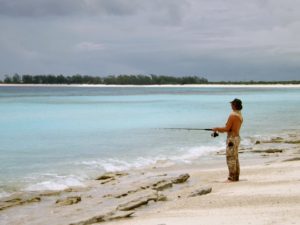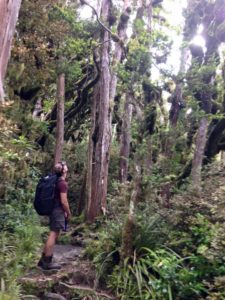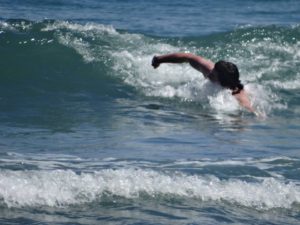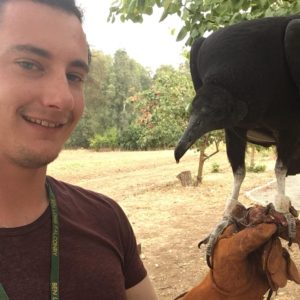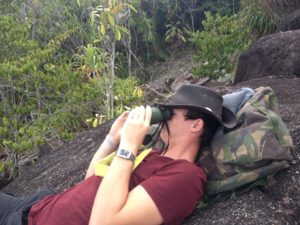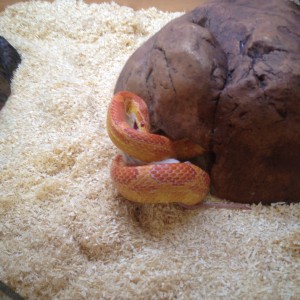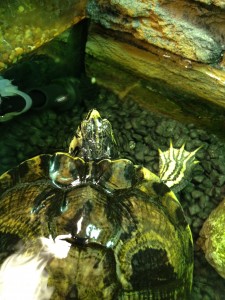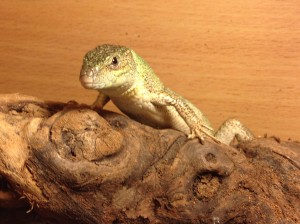We are often asked “where do you get your livestock from?” The truth is that the answer is not straight forward. We stock a very wide range of livestock and there is not a single suplier in the country that supplies a fraction of that range. Some animals we breed ourselves, although not many now due to ill health over the last few years, some come from local breeders that we have used for a number of years, some come from “breeder collectives”, groups of breeders who pool excess stock to sell to pet shops, some come from larger suppliers (again, suppliers we have used for years and can trust). There are also some sources we do not use. Rodent farms (we have visited one of these and wouldn’t use them on ethical grounds), accidental litters resulting from people buying mis-gendered pets from a well known pet supermarket (high risk of sibling mating), random people cold calling and trying to sell us animals (possibly stolen). We visit our suppliers homes or business premises to make sure we are happy with the conditions the animals are being bred/housed in first.
One Sunday in June we took the opportunity afforded by the slight easing of lockdown measures and a beautiful summers day to visit George and his partner Claire for a barbeque in their garden and to collect two crested geckos, bred in their collection at the college they work at. Whilst there I took the opportunity to take a few photos to show what one of our suppliers facilities looks like. This college teaches a variety of equine, agricultural, horticultural and animal courses. As well as taking classes, George is tasked with looking after the collection of animals kept on the college, including developing their environments.
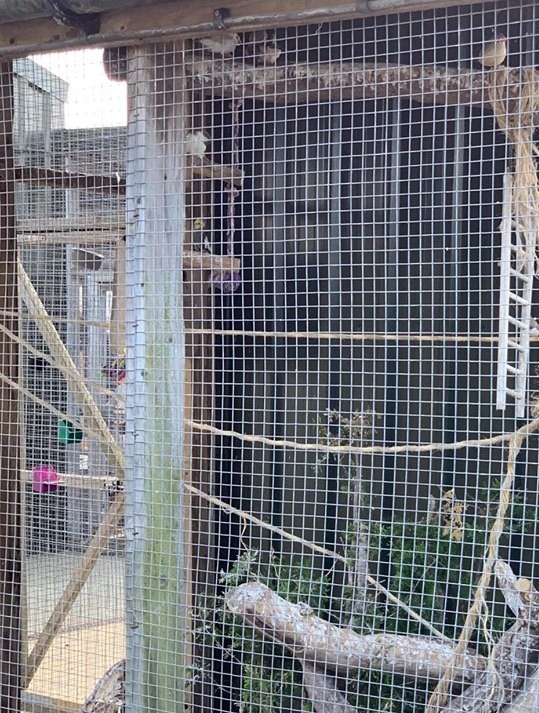
Finch and cockatiel aviary
The existing aviaries are stocked with a variety of small birds, including Zebra finches supplied by Angell Pets. There are also large new aviaries currently being developed with different levels of plant growth. The corona virus pandemic has put a hold on populating these as there are currently no students on site but when things return to normal new birds will be sourced for these.
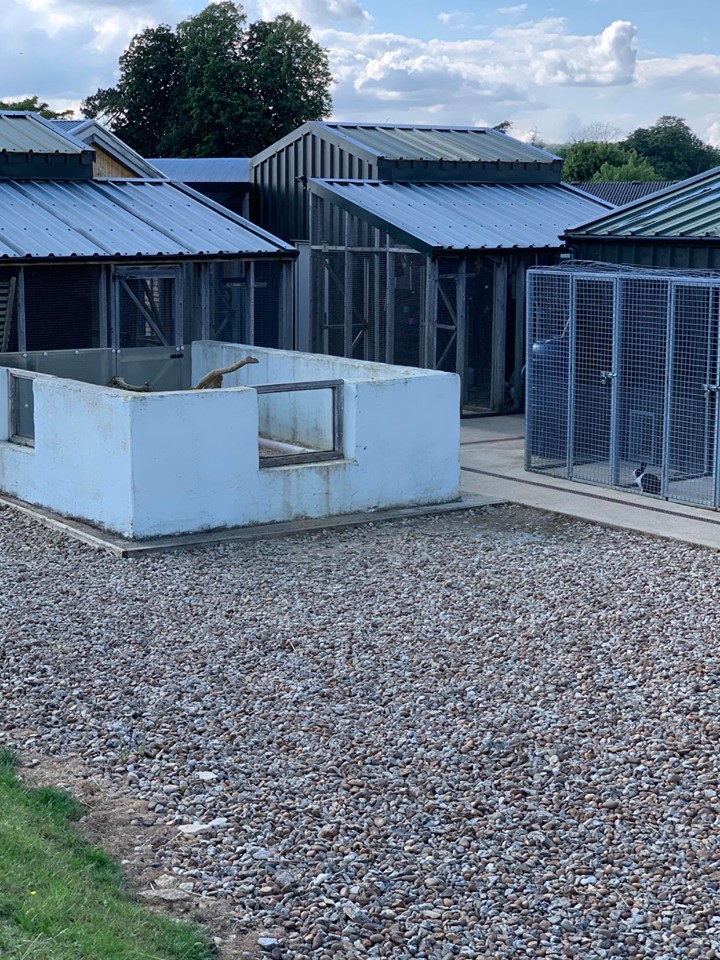
Where the old aviaries are sited there is also a large compound of other enclosures housing Meerkats, ferrets, chinchillas, guinea pigs (some supplied by Angell Pets for breeding), rabbits, tortoises and others.

Degu 
Chipmunk 
Rats 
Gerbils 
Mice and hamsters
Inside the building is a rodent room with rats, mice, hamsters, gerbils, degus, chipmunks etc. Another room houses the aquatics section with cold water and tropical fish (some supplied by Angell Pets – angelfish and sydontis and some from which we have had supplies – swordtails and guppies) and terrapins (although these are to go outside into an adapted pond enclosure soon).

African bull frog 
Brazilian Milk frogs 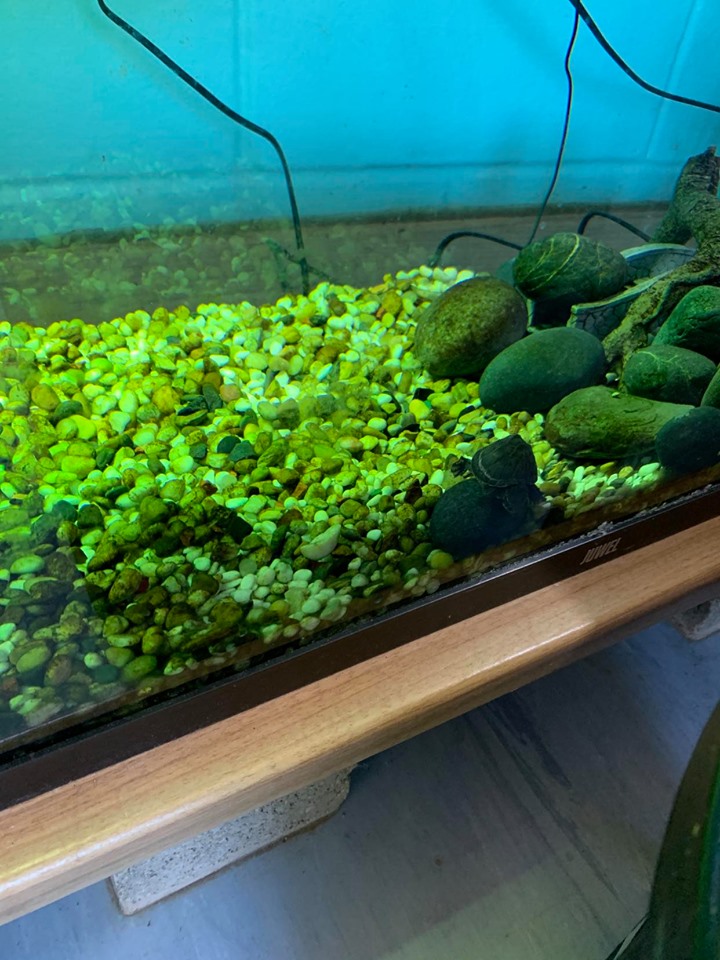
Musk turtles 
Tiger salamander 
Grey tree frog 
Bearded dragon 
Green iguana 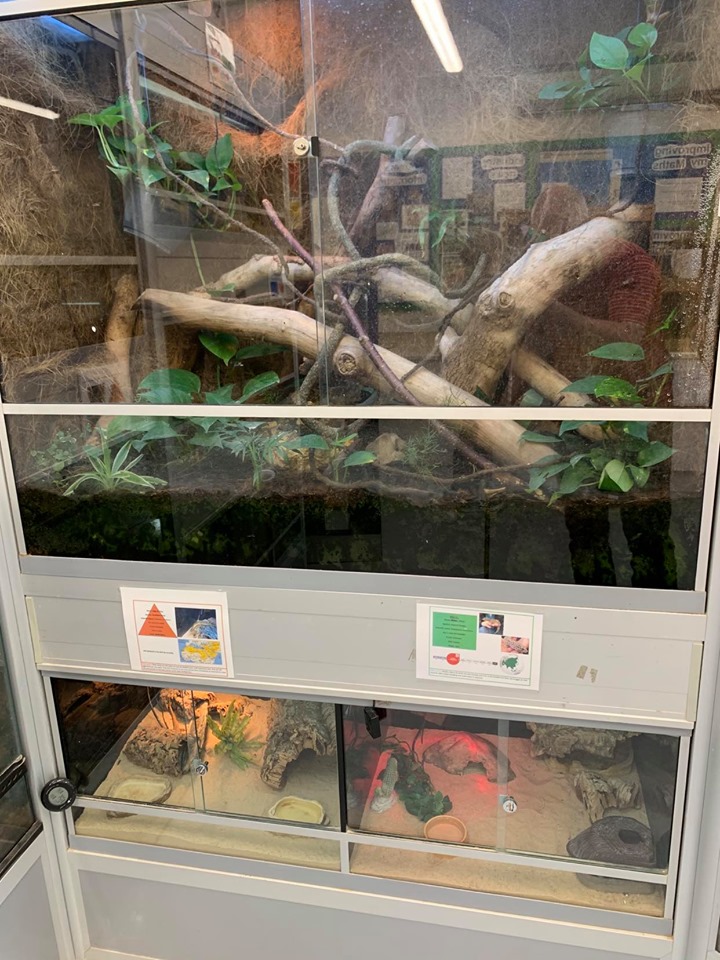
Skinks, geckos etc. 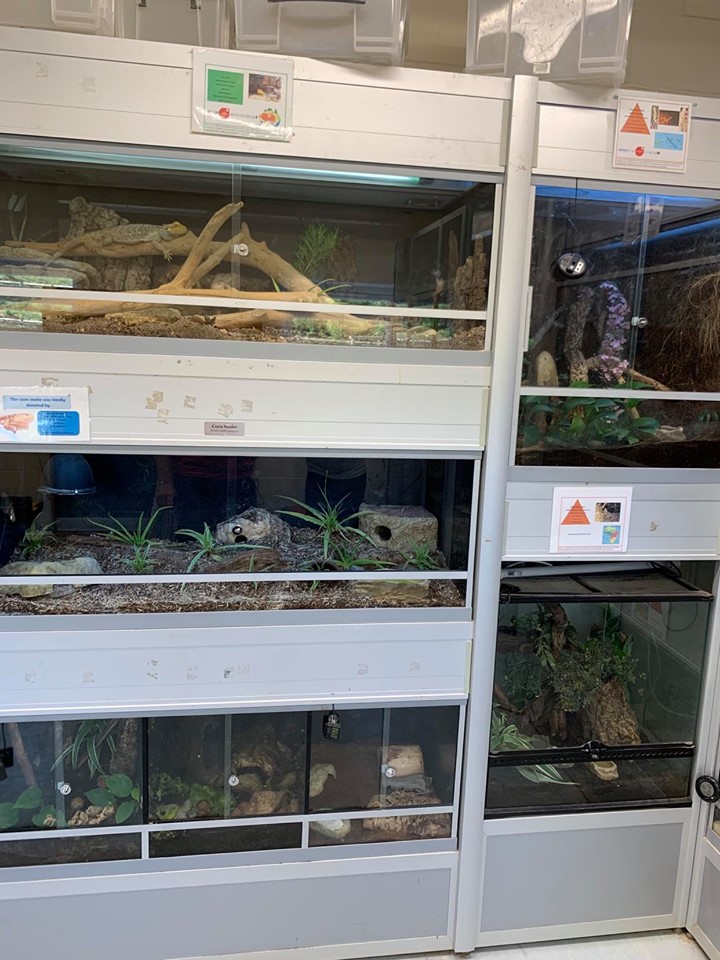
Beardie, cornsnake, cresties etc. 
Cornsnake 
Leopard geckos 
Skink 
Boa constrictor
In the reptile room are frogs (including a huge African bull frog, grey tree frogs and Brazilian milk frogs – supplied by Angell Pets), salamanders and musk turtles (tank and turtles supplied by Angell Pets). Also there is a large enclosure for a common boa, corn snakes, royal pythons, bearded dragons, a water dragon (supplied by Angell Pets), leopard geckos (some supplied by Angell Pets), crested geckos (breeding colony) and skinks. In a separate room, all to itself is an adult male green iguana.
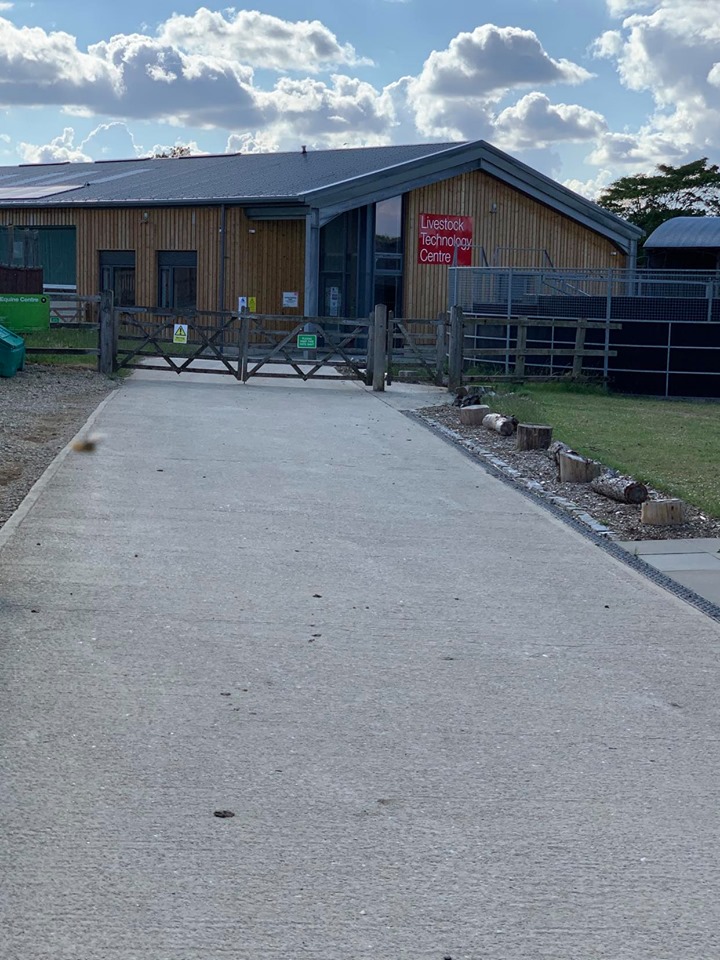
Cattle sheds, stables etc. 
Goats and alpacas 
Paddock 
Pigs 
Pony and donkey paddocks
Back outside at the rear and sides of the buildings and enclosures are several paddocks. One contains the old duck pond (where the terrapins are going to go) with some ducks still to be transferred down the site to the new, larger pond. Next door are the chickens, where my old hens spent their final days when I became to ill to look after them. Behind are some of the pigs. Further back are the goats and alpacas and further back still are the sheep and llamas. coming back round to the other side of the compound are the donkeys and a pony. There are more livestock in the agricultural department, where the stables, milking sheds and farrowing pens including cattle and horses. We have visited these facilities before but my legs weren’t up to it this time. It’s a big site!
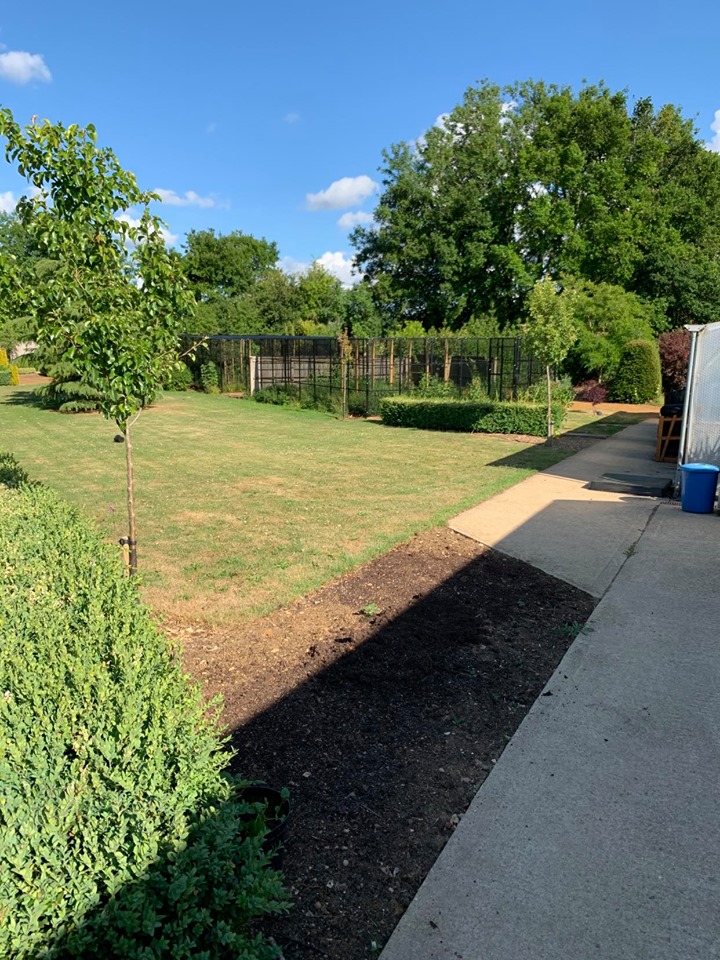
New aviaries 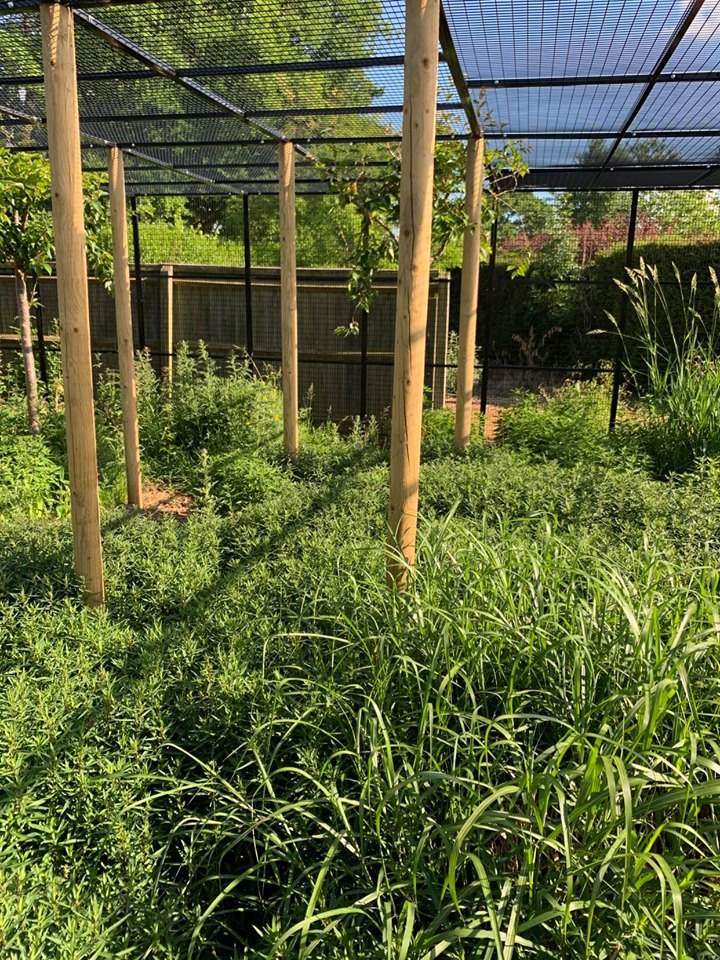
Inside the new aviaries 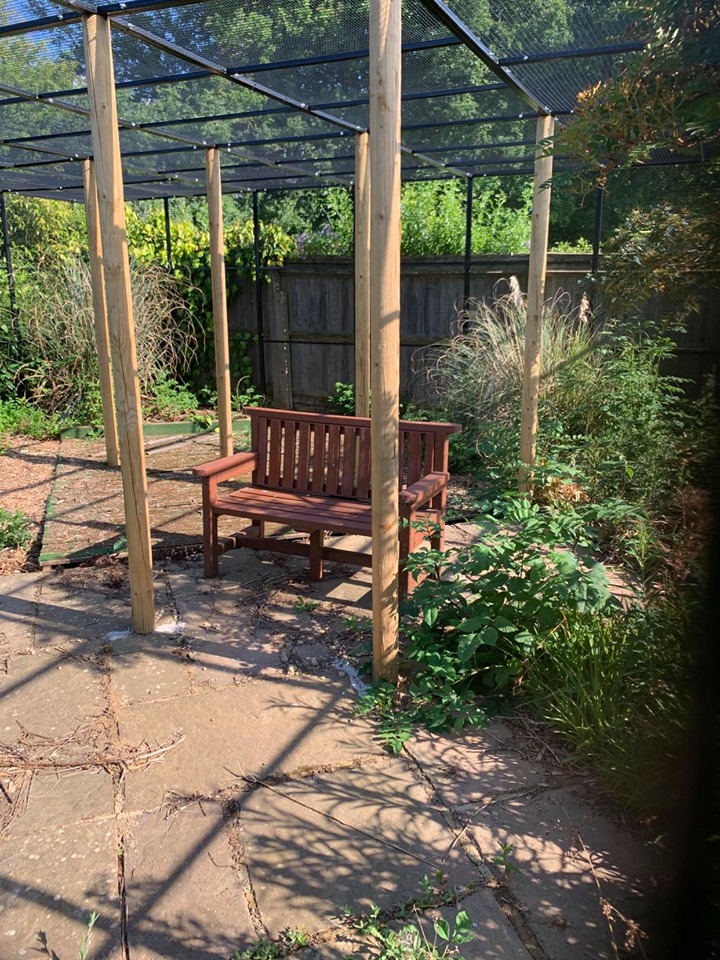
Somewhere to sit amongst the birds 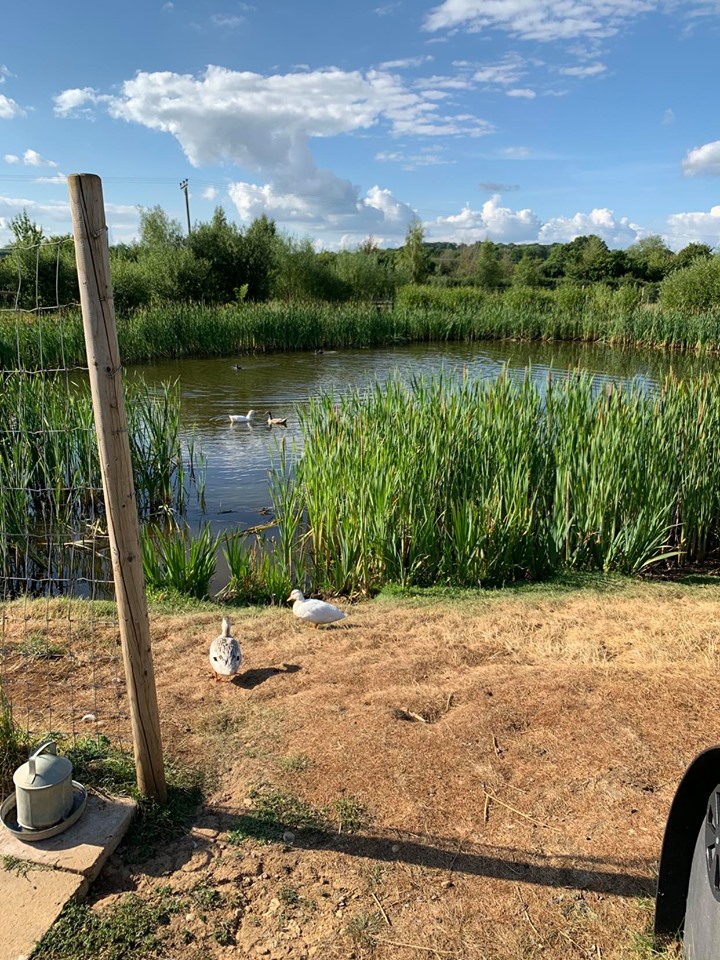
Duck pond 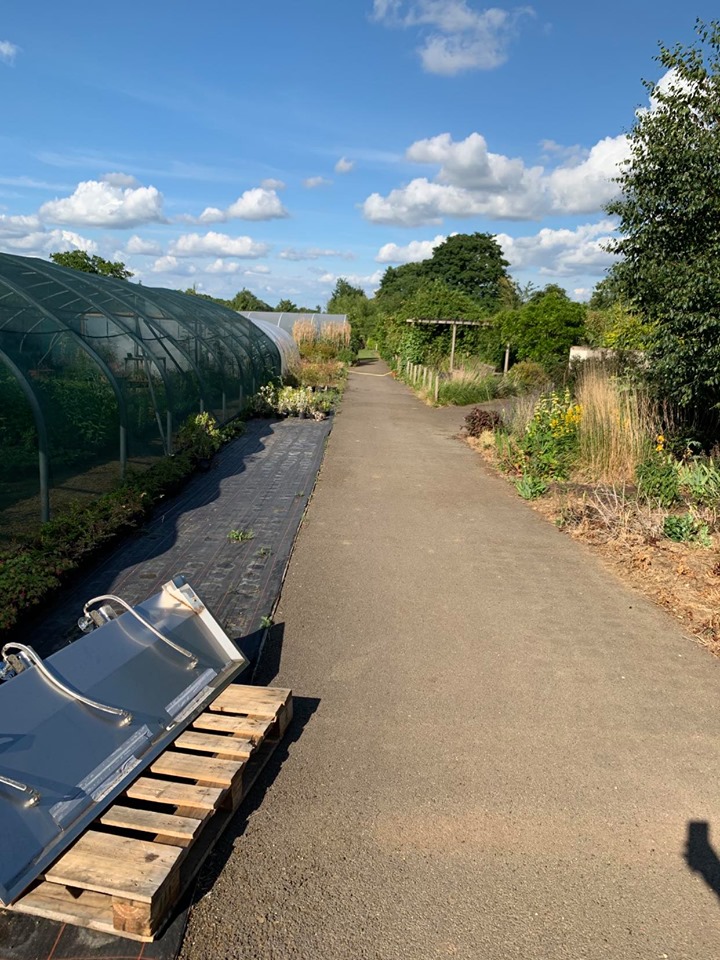
Growing tunnels 
Small selection of plants 
Hot house (where some of our succulents come from) 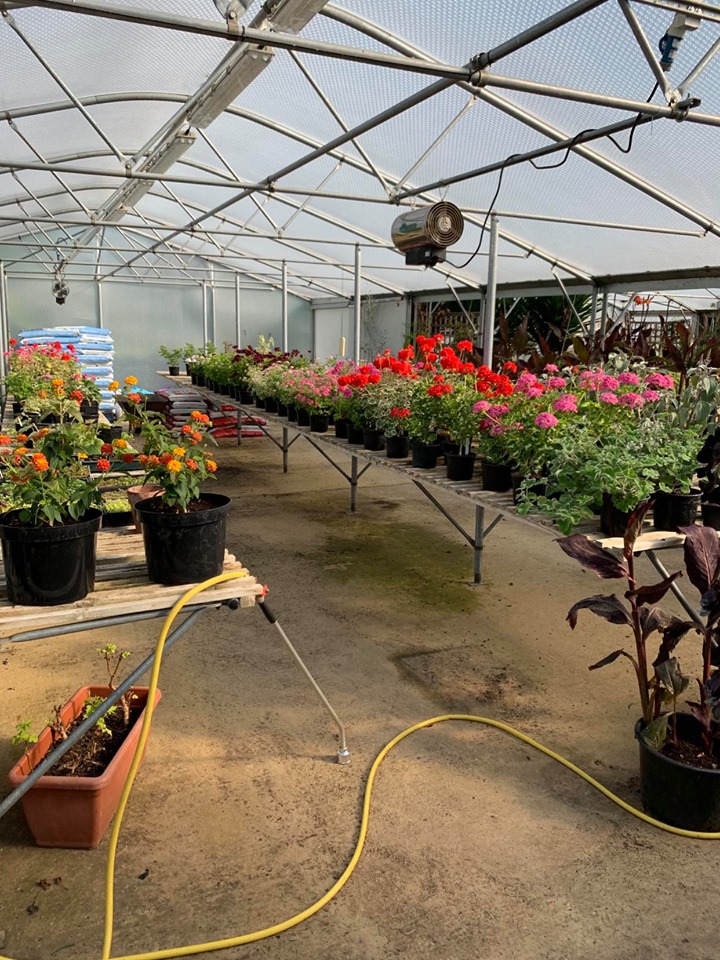
Hot house flowers 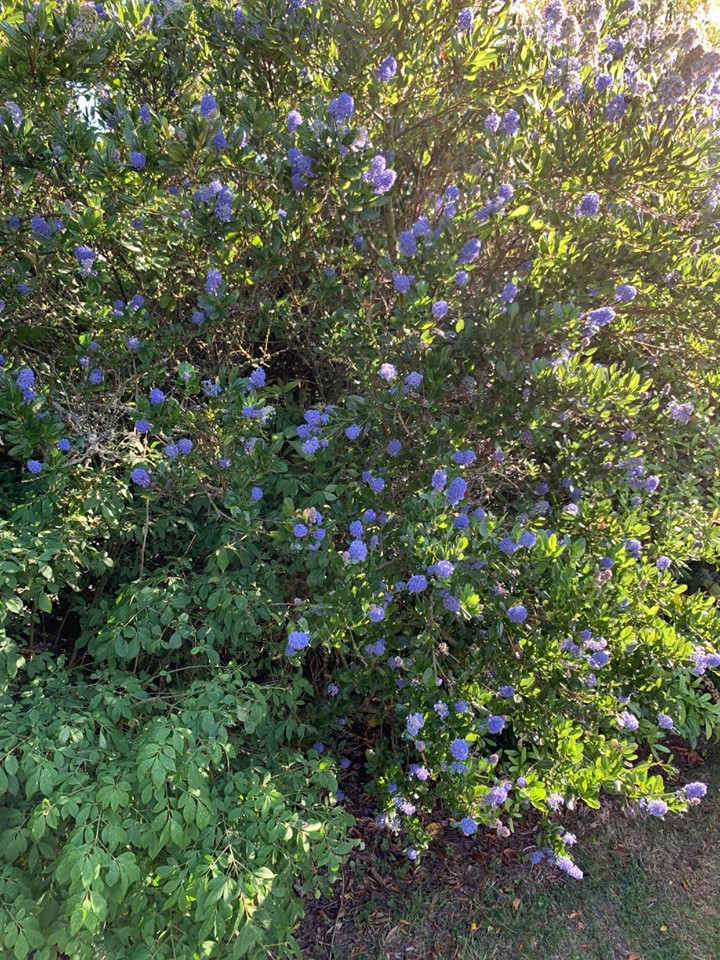
Shrubbery 
Topiary in need of some students 
Empty plots due to Covid 
The walkway home
Down towards the entrance is the horticultural department, new aviaries and large duck pond. Some impressive growing tunnels and planting areas, not at their best at the moment due to the lack of activity on site with the lock down but still looking good in the bright sunshine. This is where some of the plants we have on sale in our shop for bio-active set ups come from, including those in the leopard gecko set up on our counter.
As well as the crested geckos we have already sourced from George, when the guinea pigs start breeding we will be having their excess stock. If the leopard geckos breed again we will also have these. Once the aviaries are up and running properly I am sure the birds will start breeding and we will also source some of our birds from here too. The purpose of the collection is to teach animal handling, husbandry and welfare not to breed animals commercially. However in discharging these duties there will be excess animals produced and I am sure having seen the excellent conditions the animals are kept in and the time, effort and indeed money that is spent on their welfare, they are a good fit with our mission statement of promoting ethical and responsible pet care.
The crested geckos mentioned are now on sale in our shop as are zebra finches from the same cohort as those supplied by us for the aviaries. Incidentally we also supplied the original birds for the aviaries at Hartpury college just after George finished his degree there, from memory they had cockatiels, budgies, Java sparrows, zebra finch, Japanese quail and Chinese painted quail.
We are in the process of developing new aviaries and animal enclosures in our Hucclecote store so I am sure our relationship with this excellent supplier will continue to grow.
The Angell Pets Team


